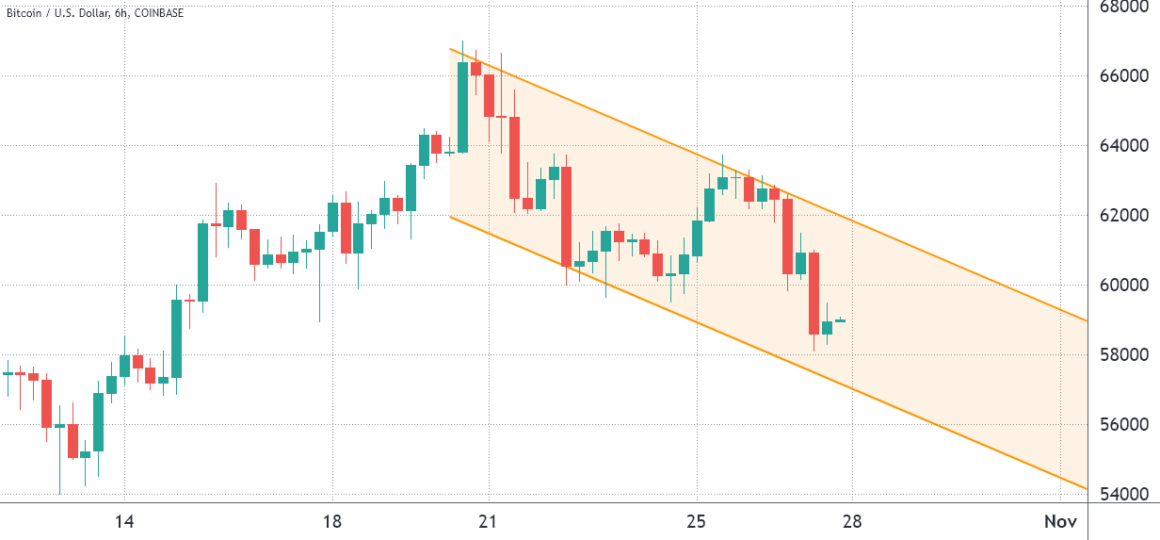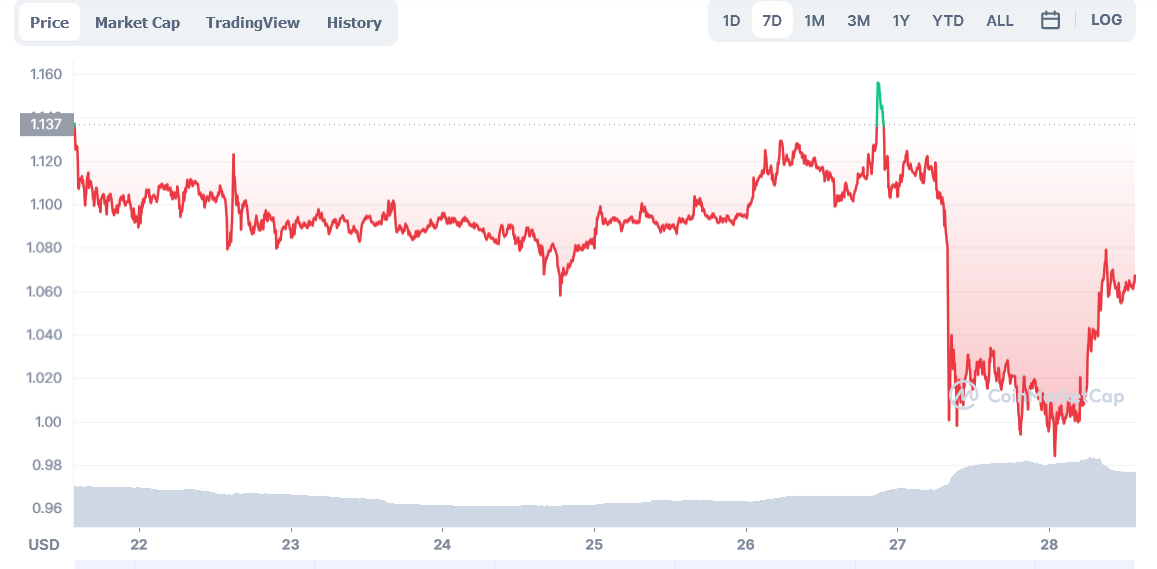Predicting the financial markets has always been one of the most coveted abilities in the world of finance. Investors and analysts spend countless hours analyzing data, trends, and news in an effort to foresee market movements and make profitable decisions. However, traditional methods often fall short due to the sheer complexity and unpredictability of the market.
Human prediction is inherently limited by cognitive biases, emotional influences, and the vast amount of data that must be processed. Even seasoned investors can find it challenging to accurately predict market movements consistently. This is where artificial intelligence (AI) steps in, promising to revolutionize the way we approach market predictions.
How AI Market Predictions Work
AI market predictions rely on analyzing vast amounts of data through sophisticated algorithms to detect patterns and trends. These AI systems process historical data, real-time news, social media sentiment, and other relevant information. Machine learning models continuously learn and adapt to new data, resulting in more accurate predictions over time.
Key Points for Choosing a Reliable AI Tool
When selecting an AI tool for market predictions, consider these factors:

- Data Accuracy and Timeliness: Ensure the AI provides current and accurate market insights.
- Analysis Reliability: Look for tools with smart filters and quality data sources to avoid inaccuracies.
- User-Friendliness: The AI should be easy to use, especially for new investors, and simplify understanding market events.
- Comprehensive Monitoring: The tool should deliver insights directly, reducing the need for constant manual monitoring.
- Research Capabilities: A robust AI tool should facilitate seamless transitions to in-depth research with live-updated, high-quality news articles across various asset classes.
Lately, AI tools for trading have become understandably popular. However, it’s important to keep in mind these points to find the most reliable ones. AI can be most profitable when it is not entirely automated but integrated manually into your strategy. For example, tools like Morpher AI demonstrate how AI can be effectively utilized in market predictions. Morpher AI provides real-time market insights, identifies significant market movers, and offers reliable analysis through smart filters and quality news data. It also simplifies investing for newcomers, ensures effortless market monitoring, and allows seamless transitions to deeper research with live updates across different asset classes. This makes it a practical example of how AI can assist investors in making more informed decisions.
Including AI Predictions into Your Strategy
Incorporating AI predictions into your investment strategy can enhance your decision-making process and potentially increase your returns.

Here are a few steps to effectively integrate AI insights into your strategy:
- Understand the AI’s Recommendations: Before acting on AI predictions, take the time to understand the rationale behind the recommendations. This will help you trust the system and make more informed decisions.
- Combine AI with Human Insight: While AI can provide valuable predictions, it’s important to combine these insights with your own analysis and intuition. Use AI as a tool to complement your knowledge, not replace it.
- Stay Updated with AI Developments: AI technology is constantly evolving. Stay informed about new features and updates to ensure you’re making the most of the AI tools available.
- Diversify Your Investments: AI predictions can help identify potential opportunities, but diversification remains key to managing risk. Use AI insights to diversify your portfolio across different asset classes and markets.
- Monitor and Adjust: Continuously monitor the performance of your investments and adjust your strategy as needed. AI can help you stay agile in a rapidly changing market environment.
By leveraging AI tools and integrating insights with traditional methods such as candlestick pattern analysis, investors can gain a significant edge in the market. These tools offer a level of analysis and insight that was previously unattainable, making market prediction more accessible and actionable.
Conclusion
While predicting the market with absolute certainty remains elusive, AI has brought us closer than ever before. Recent tools exemplify how artificial intelligence can act as a personal financial analyst, providing real-time market insights that enhance our ability to make informed investment decisions. By integrating AI predictions into our strategies, we can navigate the complexities of the financial markets with greater confidence and precision.
Market Maestro: With an uncanny ability to predict the ups and downs of the crypto market, Jordan is our go-to for all things investment. Just don’t ask him for lottery numbers; he says it’s a different kind of prediction magic.



